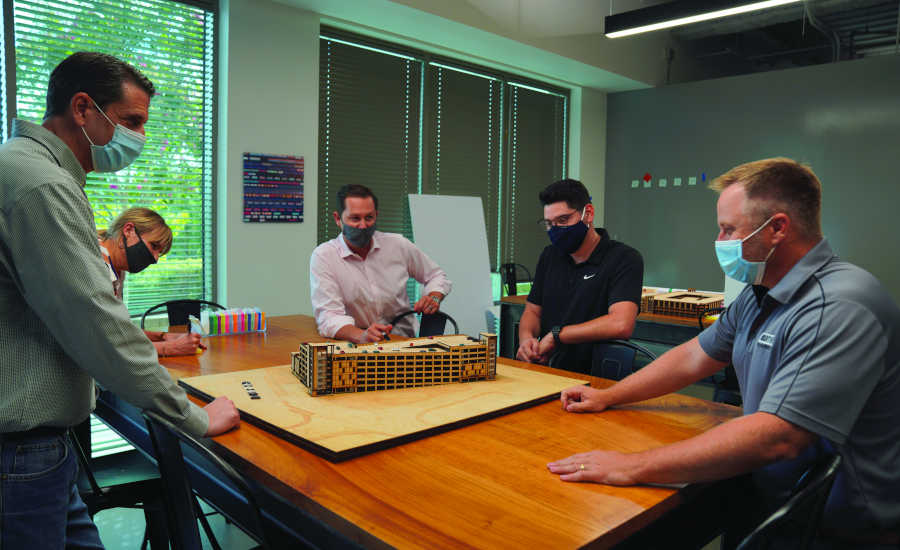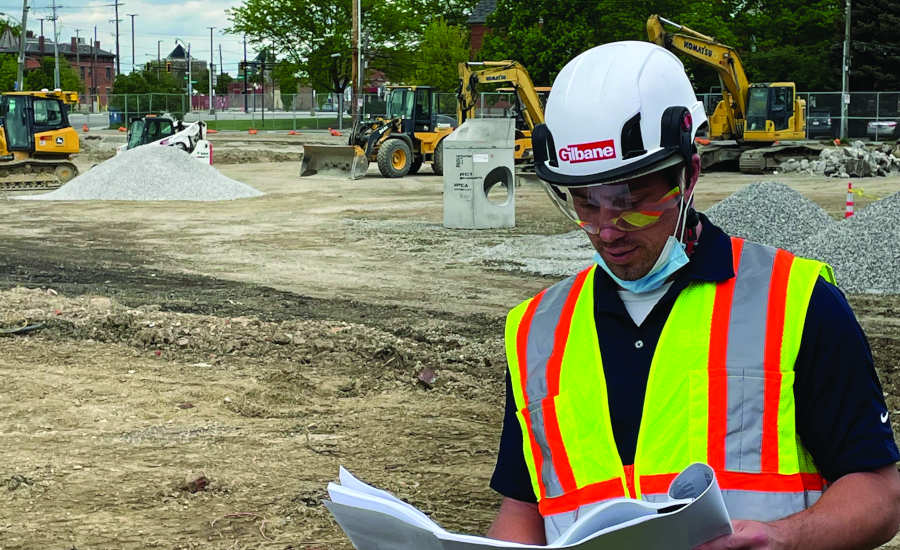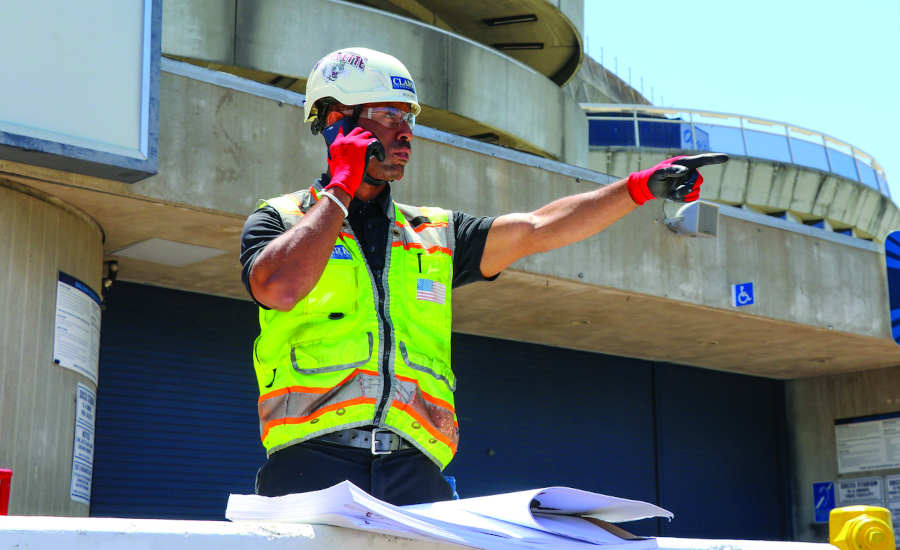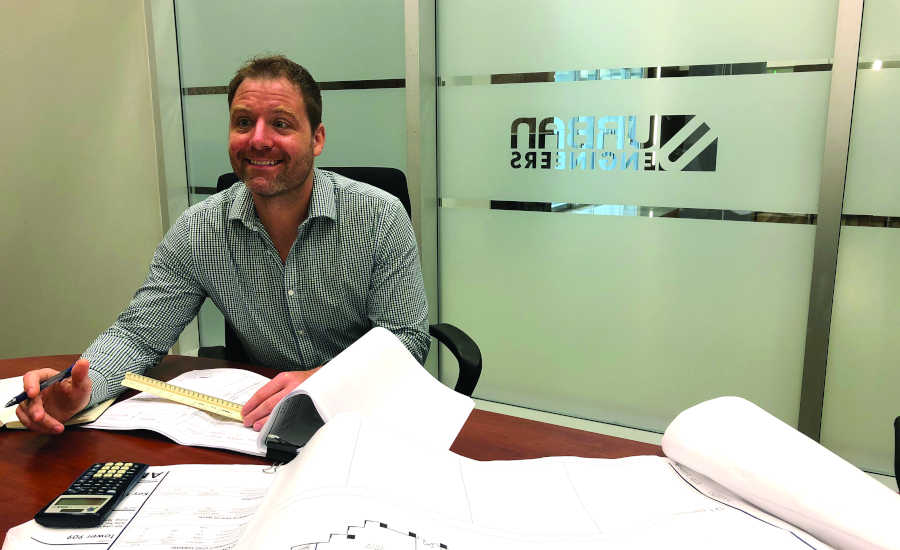American Jobs Plan Could Boost Equity and P3s Across U.S.
What do racial inequities, unions, infrastructure and alternative project delivery have in common? President Joe Biden’s $2-trillion infrastructure proposal.
Spread over about eight years, the American Jobs Plan would take steps to make infrastructure more resilient with a $600-billion investment. Another $650 billion would fund drinking water and broad-band infrastructure as well as public housing.
The Top 20 are hopeful the Biden plan can create real change, but they still have their reservations. Peavey notes that infrastructure can and has created social segregation.
“We have to understand the implications of the environments we’re creating as more than just, for instance, modes of transportation or places where an activity happens,” she says. “They are shaping multiple ripples of our well-being. We need to create environments that care.”
McCray says racial equity and a “balance with land use” has to be critical to any infrastructure plan. “To ensure that the benefits of renewed or new infrastructure are captured equitably across the U.S., infrastructure investments must go hand in hand with affordable housing and accessibility policies,” she says.

Shaun Sleeth
As the pandemic drew us apart physically, I really leaned into connection and relationships with my team. A strong connection not only helped our team perform at a high level at work, it was good for us mentally as well to push through the challenges we all faced within our personal lives.
In addition to accounting for the condition of clients’ existing infrastructure, McCray says Kimley-Horn applies an “equity lens” so municipalities they consult with can identify and understand “where the needs of underserved communities have historically been underresourced to target improvements in areas of the greatest need.”
McCray says her firm developed a geospatial analysis tool to help “define transportation needs” during project development “by isolating three major elements: access to opportunity; access to premium transit; [and] safety.” She says the tool “offers a renewed way of interpreting traditional ‘benefits vs. burden’ discussions.”
While the Biden bill can help McCray and her colleagues continue to offer concrete solutions for improving infrastructure of underserved communities, it could also help diversify the industry labor force and “allow more smaller businesses and minority businesses to participate,” says Todd.
But she does not like that the bill could limit federal funds for nonunion apprentice programs such as the one she runs. “It’s a really hard sell to get Black people into the union or to see Black people thriving within the union,” Todd says. “There are cases that that exists, but as a whole, that’s just not something that has worked successfully.”
West adds, “We’re not union all across the country, so if it is a big union focus and what have you, that works for some parts of the region, but other parts, where we don’t have a strong union presence, it doesn’t [work as well].”
While the final bill is far from passing—some Republicans favor a $568-billion, five-year infrastructure bill—several of the Top 20 hope any plan creates more public-private-partnerships (P3s) and other alternative delivery methods. “I’m really curious to see how much the government is going to defer to the private sector, because they simply can’t afford it anymore,” says Roberts.
Lewis believes “an injection of federal funds will help release some private-owned money as far as the hesitation with the pandemic.”
Schedules and budgets are the factors that drive owners to select alternative project delivery methods and “these elements are anticipated to be major issues as the entire world moves on from the effects of COVID-19,” says Patrick Williams, Southwest regional leader at Urban Engineers in Irving, Texas. While Williams says current conditions could create more P3s, Paralkar wonders if P3 work will slow down due to risk-averse private owners and investors.
Prestenbach nudged some of her private-sector clients toward design-build before COVID-19 without luck. But increased pricing and a need to work with contractors up front to procure materials during the pandemic finally convinced some of them to try “that process with us rather than traditional [design-bid-build].”
Regardless of the mechanisms used to propel projects funded by Biden’s infrastructure bill, Downs is concerned that state and local governments won’t be “poised and positioned” to convert this surge of federal stimulus into shovel-ready projects because they are so accustomed to operating at a “certain scale and pace for the last X-many years. I’m hoping that doesn’t create a logjam.”
While he’s concerned about the speed at which “it actually impacts” the industry, Downs believes Biden’s plan will “allow us to get our aging infrastructure to a point that is respectable again.”
Backstory: Powering Through the Pandemic

Jennifer Todd
As a business owner, it was critical to understand the assistance and opportunities offered by the states, government and SBA. I credit my law school education from Sandra Day O’Connor College of Law, which aided in navigating through the COVID-19 waters.

Joel Vande Boom
A challenge brings opportunity and only makes the individual/team stronger working through the solution. This was instilled at a young age through family, developed through my wrestling career and strengthened through an active shooter incident where I lost a dear friend.

Keon B. West
We are constantly evaluating safety hazards and implementing strategies to circumvent those hazards. The pandemic was treated very similar to a safety issue in which we were able to develop strategies and execute a plan to maintain our work production.

Patrick Williams
My firm, like many, had to adapt to a critical drop in ongoing projects and available resources. It was important for myself and others to assist with both the engineering and managerial duties for the backlog of projects, even some on which I had not performed services.




























Post a comment to this article
Report Abusive Comment